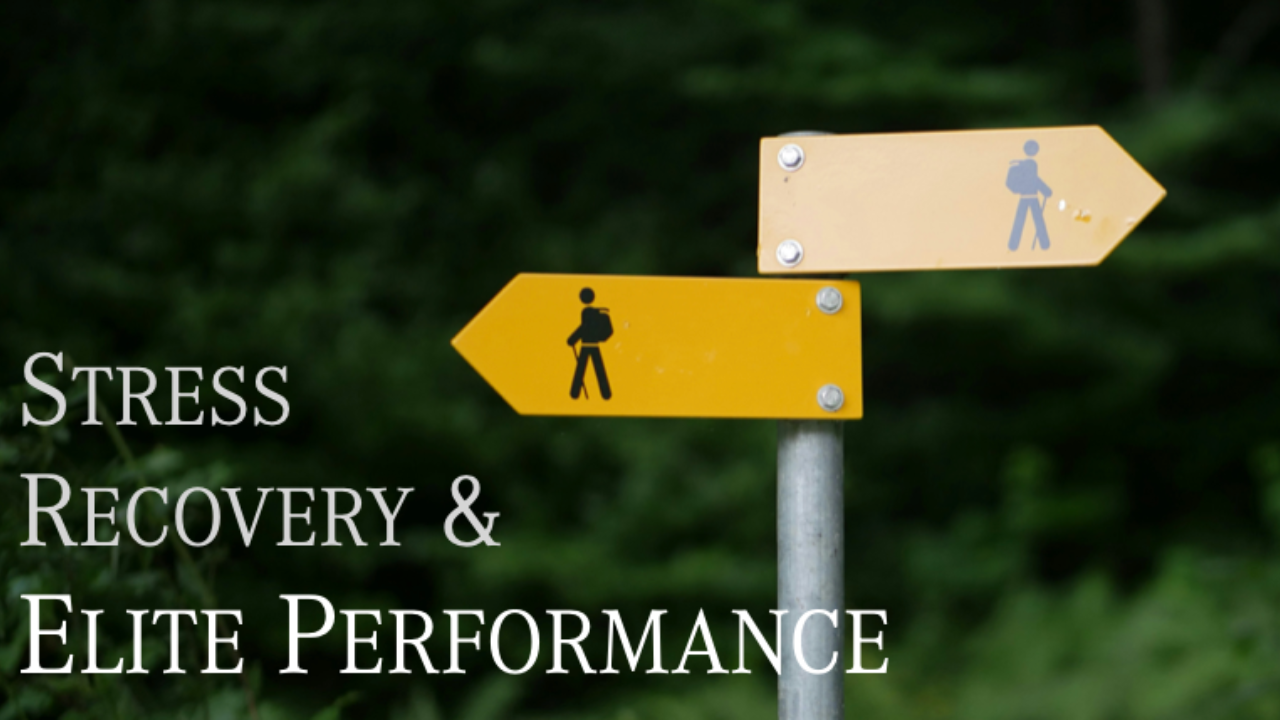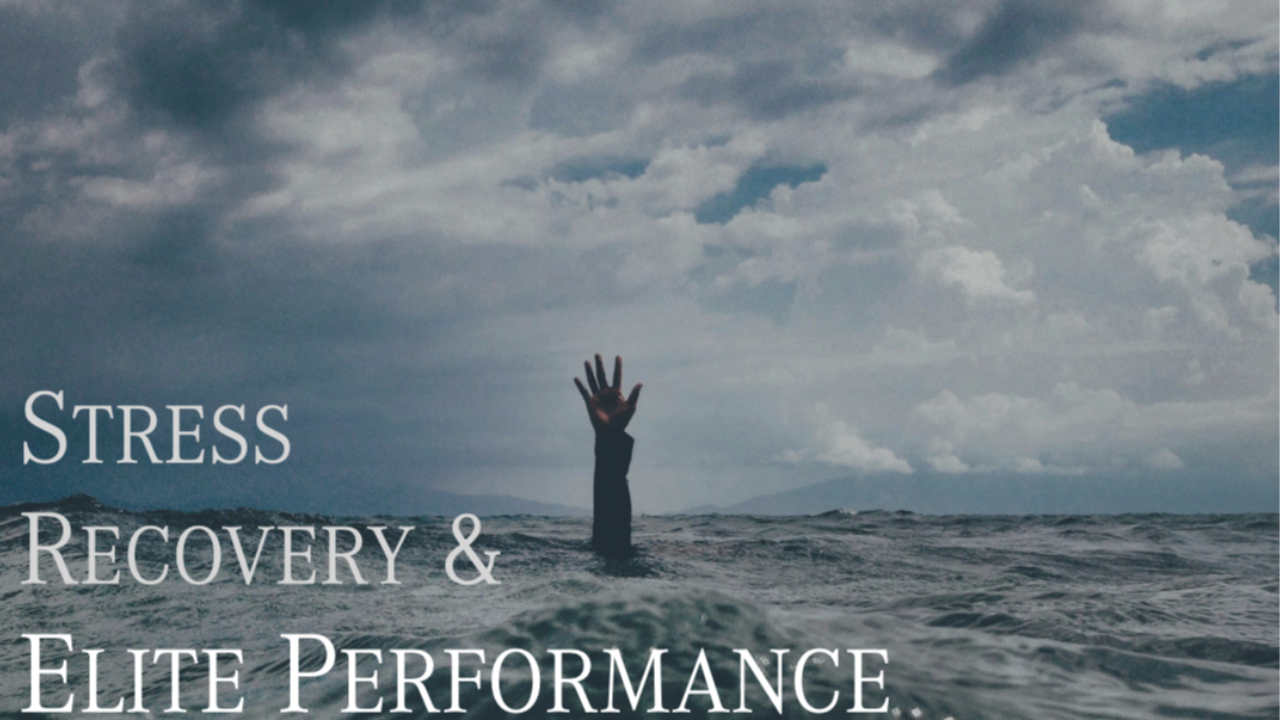Protecting Their Job or Doing Their Job? The Question you need to ask.
Aug 22, 2025
[Part 2/6] - How a boutique consulting firm destroyed a global giant by focusing on work instead of politics
2008
Wall Street meltdown.
Monitor Group—the prestigious strategy consultancy founded by Harvard Business School professors—was advising the world's largest banks on risk management.
Their client list read like a Fortune 500 directory. Their consultants had MBAs from every elite institution. Their methodology had been refined over two decades of serving blue-chip corporations.
Meanwhile, a tiny 12-person firm called Bridgewater Associates was telling anyone who would listen that the financial system was about to collapse.
Monitor had the relationships, the prestige, the Harvard pedigree.
Bridgewater had the truth.
2012
Monitor Group had filed for bankruptcy.
Bridgewater had become the world's largest hedge fund, managing over $160 billion.
What killed a globally recognized consulting powerhouse while a boutique firm dominated an entire industry?
The answer reveals the hidden psychology that destroys elite organizations from the inside.
The Difference
Monitor Group and Bridgewater faced identical market conditions, served similar client types, and competed for the same high-stakes advisory relationships.
But they operated from completely opposite organizational philosophies.
Monitor Group's Protection Focus:
Senior partners filtered uncomfortable truths to maintain client relationships.
When analysis revealed that major banks were overleveraged and heading toward catastrophic losses, the findings were softened, hedged, and presented in ways that wouldn't damage ongoing retainer agreements.
Analysis was optimized for client comfort rather than market reality. Recommendations focused on what clients wanted to hear rather than what they needed to understand. The firm's intellectual frameworks were designed to sound sophisticated rather than predict outcomes accurately.
Their revenue model was built on not challenging client assumptions.
Telling a $50 million client that their fundamental strategy was flawed meant risking the entire relationship. So Monitor developed ways to identify problems without making clients uncomfortable about their role in creating those problems.
Bridgewater's Performance Focus:
Ray Dalio built what he called "radical transparency"—a culture where junior analysts could challenge senior partners in front of clients if the data supported their position.
When a 25-year-old researcher discovered evidence of systemic banking vulnerabilities, that analysis went directly to clients regardless of how uncomfortable it made the relationship.
Their research focused entirely on what was true rather than what clients wanted to hear.
If the data indicated that a client's strategy would fail, Bridgewater said so explicitly and showed them exactly why.
Decision-making was based purely on evidence rather than relationship preservation. The firm's reputation was built on being right about market reality, even when—especially when—that reality was unpleasant.
Their revenue model was completely dependent on being right about market conditions.
Clients paid Bridgewater to tell them truths they couldn't see themselves, which meant the firm's survival depended on intellectual courage rather than political sophistication.
The Boutique Advantage
While Monitor's 1,000+ consultants navigated complex internal politics to avoid uncomfortable truths, Bridgewater's small team could focus entirely on understanding reality.
No bureaucratic layers to filter insights through relationship considerations. No account management structure designed to protect client comfort over client success. No partnership politics where challenging a major client's assumptions might damage your advancement prospects.
The structural advantage wasn't size—it was systematic alignment. Every person in the organization was rewarded for the same thing: being right about market reality. There was no competing incentive structure that rewarded people for protecting relationships, managing internal politics, or avoiding difficult conversations.
When the 2008 financial crisis hit, Monitor Group's consulting revenues collapsed because their clients discovered that the comfortable advice they'd been paying for hadn't prepared them for market reality. Bridgewater's assets under management exploded because their uncomfortable truths had proven accurate.
The Luxury Parallel
The same dynamic plays out across industries where protecting established positions destroys the excellence that created those positions.
Hermès vs. Burberry (2015-2020) provides a perfect contrast in luxury brand management:
Hermès maintained craft-first culture:
- Craftspeople regularly challenge decade-old techniques if they improve quality
- Leadership spends months in workshops learning from artisans before making strategic decisions
- New executives must master production processes before taking policy roles
- Revenue grew 78% while maintaining 9-month waiting lists for signature products
Burberry prioritized comfort over craft:
- Middle management filtered uncomfortable truths about declining craftsmanship to protect quarterly numbers
- Executive team focused on financial engineering rather than product excellence
- Strategic decisions made in boardrooms by people disconnected from actual production
- Revenue declined 23% while brand prestige eroded and waiting lists disappeared
The difference wasn't market conditions or competitive pressure. Both brands faced identical luxury market dynamics. The difference was organizational psychology: one rewarded people who strengthened the craft, the other rewarded people who protected the numbers.
The Research Foundation
McKinsey Global Institute's 2020 study of luxury companies during digital transformation found that brands maintaining craft-first cultures outperformed peers by 156% over five years. The study tracked 89 luxury companies and found that those prioritizing long-term excellence over short-term comfort consistently gained market share while their comfort-focused competitors lost positioning.
Bain & Company's Luxury Report analyzed 15 years of luxury brand performance data and discovered that companies prioritizing short-term financial metrics over long-term craft excellence lost an average of 34% of their premium pricing power. The brands that maintained pricing power were those where leadership regularly challenged their own established processes to improve outcomes.
INSEAD Business School's case study analysis found that family-owned luxury businesses—where ownership and craft were aligned—had 3.1x better long-term performance than publicly-traded luxury companies focused on quarterly results. The family-owned companies could afford to prioritize craft over comfort because their incentive structures weren't split between craft excellence and investor relations.
Boston Consulting Group research on organizational decision-making found that companies where middle management felt "unsafe" to challenge senior leadership had 89% higher rates of strategic failure over seven-year periods. The study showed that intellectual safety—the ability to challenge ideas without personal risk—was the single strongest predictor of organizational adaptability.
The Universal Pattern
Elite organizations systematically reward people who strengthen the organization, even when that strengthening challenges current leadership assumptions.
Declining organizations reward people who make leadership feel secure, even when that security comes at the expense of organizational capability.
Monitor Group rewarded partners who maintained client comfort. Bridgewater rewarded people who identified market reality. When market reality became uncomfortable, only one organization was prepared.
Burberry rewarded managers who protected quarterly numbers. Hermès rewarded craftspeople who improved century-old techniques. When markets demanded authentic luxury, only one brand could deliver.
The pattern repeats across every industry: job protection thinking at the organizational level creates the same performance degradation as job protection thinking at the individual level.
The Tipping Point
There's a moment in every organization's evolution where protecting established success becomes more important than advancing capability.
It happens gradually. A few uncomfortable truths get softened to protect relationships. A few challenging voices get marginalized to maintain team harmony. A few difficult decisions get delayed to avoid short-term discomfort.
Then suddenly, the organization discovers it's been optimized for comfort rather than performance. By the time the market demands performance, the culture of intellectual courage needed to deliver it has been systematically eliminated.
Monitor Group didn't fail because they lacked smart people or sophisticated methodologies. They failed because they built systems that rewarded relationship protection over truth-telling. When the market demanded truth, they couldn't deliver it.
Bridgewater succeeded not because they had better analysts or superior frameworks. They succeeded because they built systems that made truth-telling advantageous and truth-hiding impossible.
Executive Recognition
The most dangerous moment for any organization is when protecting what you've built becomes more important than continuing to build it.
When your people start optimizing for maintaining their position rather than advancing their contribution.
When your systems start rewarding those who manage relationships rather than those who deliver results.
When your culture starts valuing comfort over courage.
The difference between Monitor Group and Bridgewater wasn't talent, resources, or market positioning.
It was systematic organizational psychology that either enabled or prevented people from doing their jobs instead of protecting them.
Your organization faces the same choice every day:
Reward those who advance the mission or reward those who protect the status quo.
Like an NFL team.
The Scoreboard never lies.
The market will reveal which choice you've made.
Refernces:
- McKinsey Global Institute (2020): "Digital Transformation and Luxury Brand Performance" - 89 luxury companies tracked over five years
- Bain & Company Luxury Report (2005-2020): "15 Years of Luxury Brand Performance Analysis" - Premium pricing power study
- INSEAD Business School (2018): "Family vs. Public Ownership in Luxury Markets" - Comparative performance analysis
- Boston Consulting Group (2019): "Organizational Decision-Making and Strategic Failure" - Seven-year study of middle management safety and strategic outcomes





